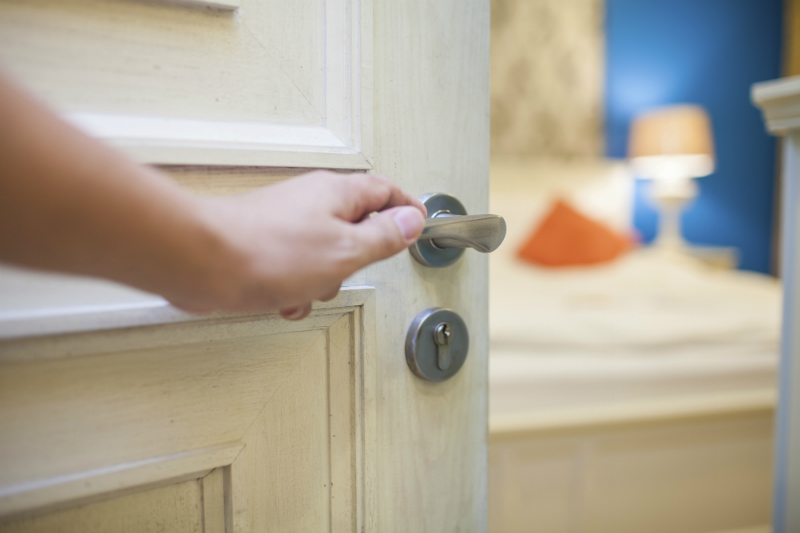Closing your doors seals off the room from air flow. When an air conditioner pumps cold air into the room to lower the temperature, the pressure builds up over time.
The situation inside a pressurized bedroom can become so severe that the cold air is forced out through any type of crevice available. As cold air is ejected, an equal amount of outside air is drawn inside the house. It’s a natural phenomenon that seeks to maintain equilibrium. Unfortunately, this can lead to dangerous outcomes.
The easiest way for surrounding outside air to enter a house is to go through the widest available openings. This often means flues and chimneys. Any air that comes into a house tends to be humid and full of contaminants. After all, it has not gone through any filter on its way inside. It may already contain allergens and other airborne particles from the outside, and now there are added elements coming from the chimney or opening. This situation will not be good for anyone who is predisposed to respiratory problems.
This outside air can enter at a rapid rate, which makes it harder for the HVAC systems to react. They are forced to work overtime, so energy efficiency goes down and utility bills go up. The reverse flow may also bring in a significant amount of carbon monoxide inside the home, which could trigger sensitive detectors. If a fireplace is in use, one might even see the smoke going back into the house, which would obviously cause chaos and severe discomfort to residents.
Leaving interior doors open is a quick way to end the unwanted drafts. If all of the above signs are occurring in your house, feel for the drafts with your hands. Observe what happens when you open the bedroom doors.
Of course, keeping the doors ajar all the time would intrude on the privacy of the occupants and isn’t ideal for everyone. An alternative is to cut a quarter of an inch of material under the doors, which would be just enough to let out excess air when you shut them. Another option is to add transfer grilles that enhance air flow across the rooms.
If you found this information helpful, follow our blog for other great HVAC tips and info.

